The ultimate car transmission repair and service guide
A car transmission ensures the right amount of power is transmitted to the wheels to be able to drive at a given speed. It functions by shifting gears just like a multi-speed bicycle. It often simply refers to the gearbox, that uses gears and gear trains to provide speed and torque conversions from a rotary power source to another device. Failing to well maintain your car’s transmission can make the car less fuel efficient and maybe even immobile.
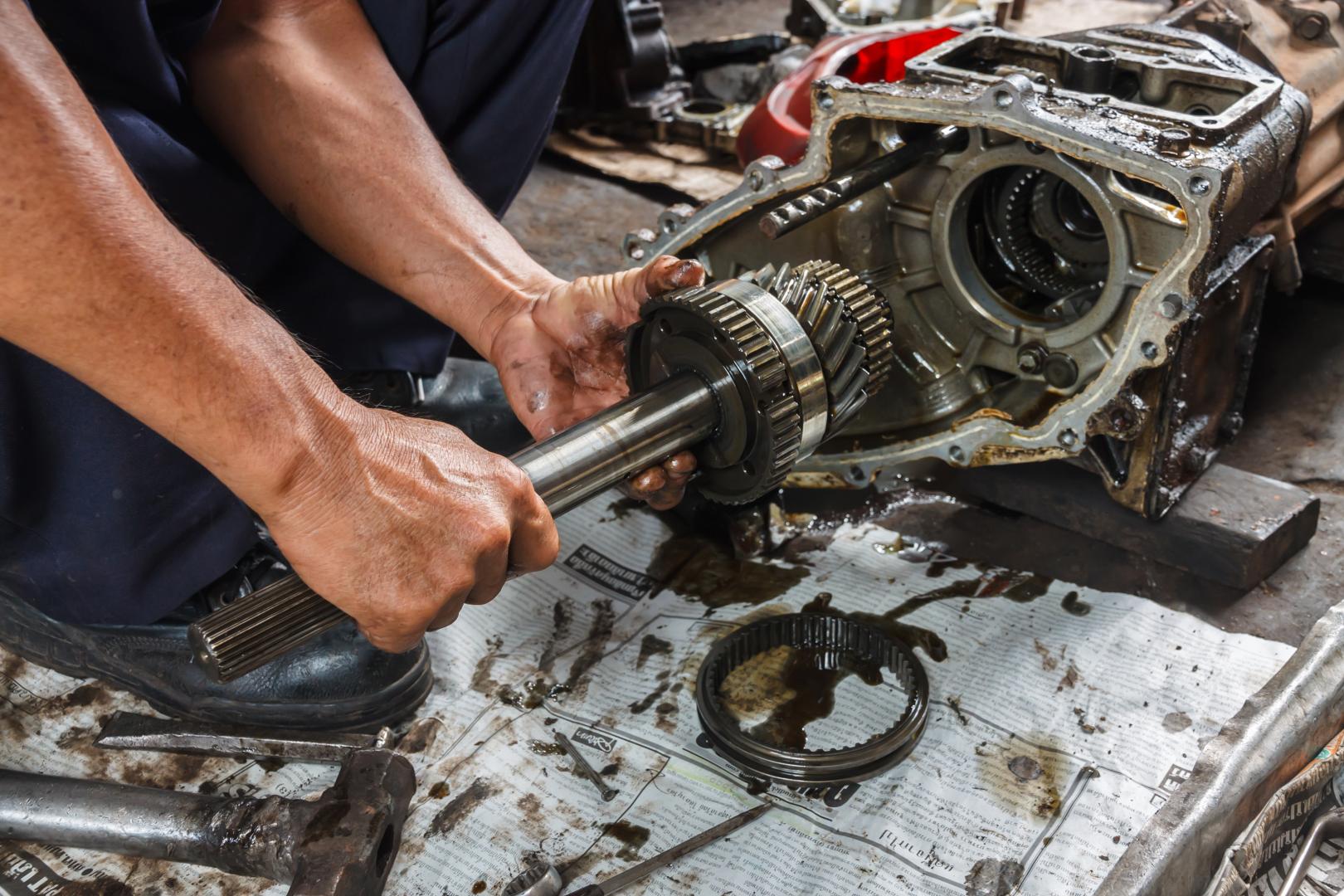
Photo on autorepairyonkers.com
What is a car transmission?
Understanding automotive transmission
It is a machine that allows the ratio between the engine and the drive wheels to be changed. It is where the gears convert velocity and power. It is important because the engine produces power over a narrow range of speeds so if the car only had one gear, it would have a limited top speed and poor performance at low speeds. A transmission allows a running engine to move stationary wheels when starting the car. A low gear performs well at low speeds and can be used to start or stop the car, however, its maximum speed is low. A high gear has a higher speed but performs poorly at low speeds.
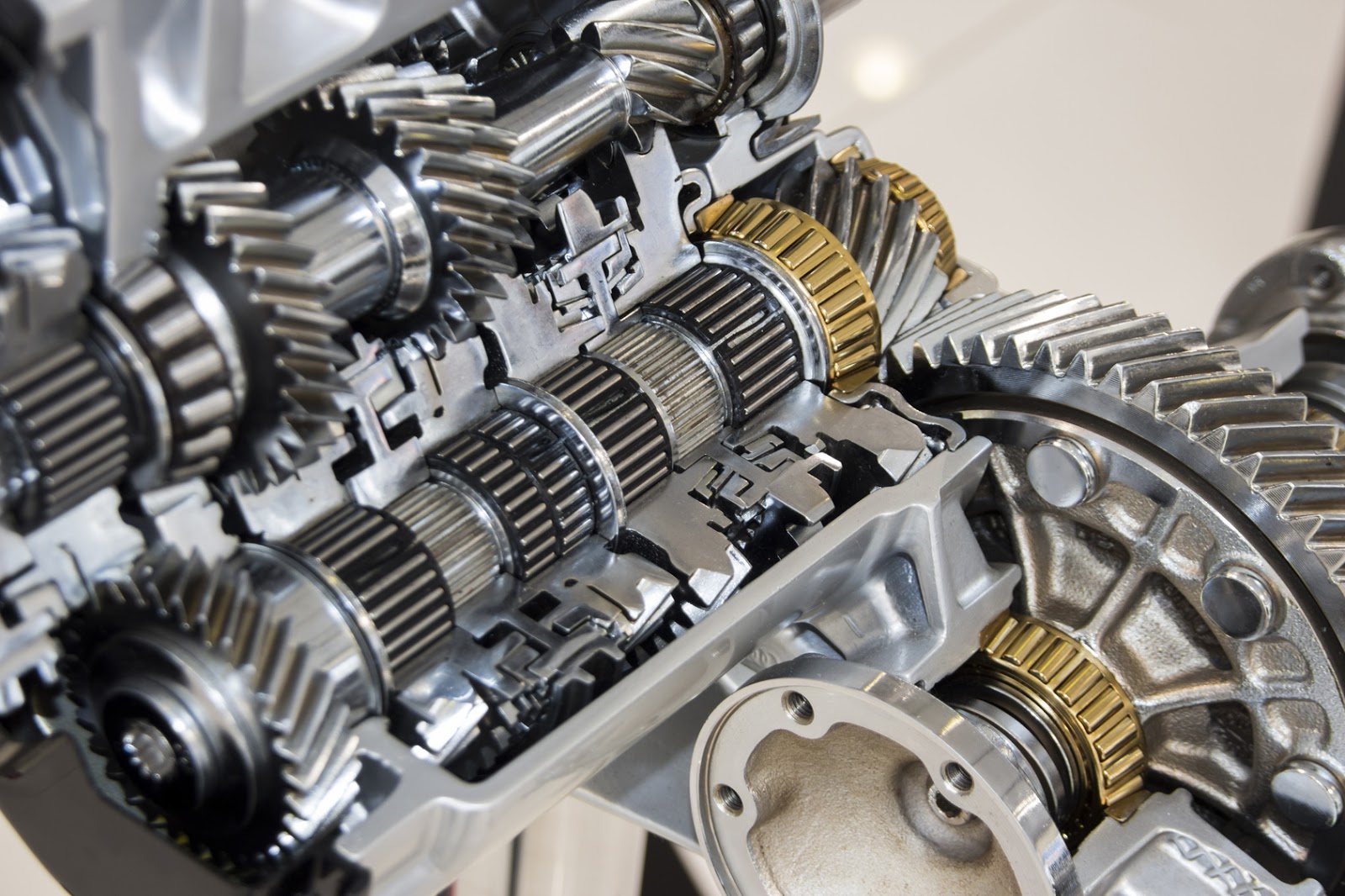
Photo on aaryaautos.ae
Where is the transmission located in a car?
It can be located behind, beside or under the car’s engine. Some cars have them in the rear or the front while others incorporate the drive wheel input component with the transmission. This gives rise to cars with front wheel drive, with the engine and transmission at the front, and rear-wheel-drive with the engine and transmission in the back. These are known as 2-wheel drive cars.
4-wheel drive refers to a 2-axle car drive train that can provide torque to all four wheels at the same time. It can be full time or on demand, typically linked via a transfer case providing additional output driveshaft and more gear ranges. An all-wheel-drive car is a car where the vehicle’s torque is supplied to both axles. An individual-wheel drive can be found mainly in electric cars where each wheel is driven by its own electric motor. This system is inherently similar to four-wheel drive.
Why do cars need a transmission?
Most internal combustion engines give a fixed amount of power for a given fuel intake. The more you press the accelerator the more the throttle valve opens letting in more fuel, that increasing the speed and power. So theoretically you can adjust the pressure you exert on the accelerator to get the speed you need.But what about when the car is at rest and you want to start it? The car’s engine has to overcome not only the car’s weight but also the internal friction between the mechanical parts.you would then need to use a lot of fuel to get the car moving.This problem is easily solved by using gear trains. A small gear is linked to a bigger gear. The smaller one is driving, the bigger gear thereby, the smaller one can rotate more with less power to get a high power output connected to the larger gear. It is similar to how a car jack works, you give more rotation for a small lift in the jack which in turn lifts the car.
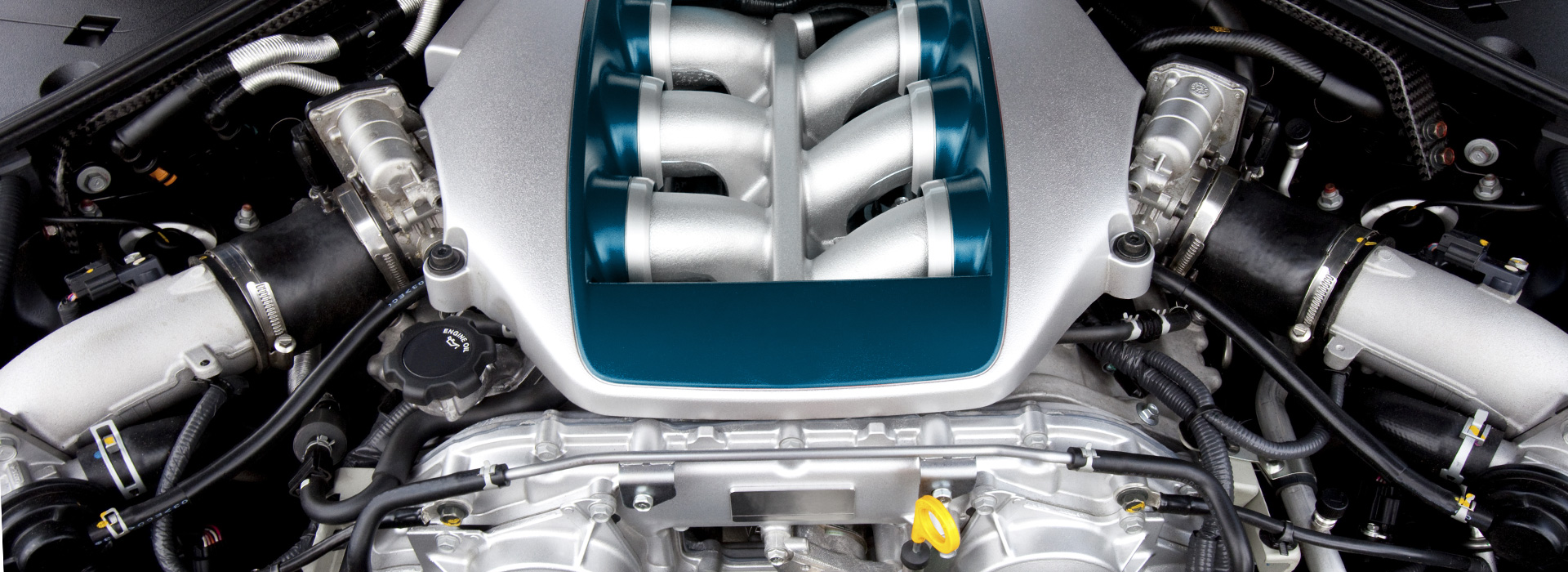
Photo on bramcity.com
Types of transmissions
There are majorly 4 types of car transmissions
Manual – This is the earliest transmission type. Until recently all cars had a manual gearbox. In a manual car, you have to physically shift a gear selector mechanism to choose or disengage a gear. The clutch connects the transmission to the engine. Applying pressure to the clutch pedal engages it while releasing this pressure disengages it. A manual gearbox comes in 5 or 6 gears. This transmission type is more involved and someone driving a manual car needs a fair amount of skill to operate.Manual transmissions are:
- Less expensive to buy
- Cheaper to maintain
- They provide better fuel efficiency
- They give the driver effective control of the car allowing them to choose what gear best suits the condition they are in.
- They are less likely to be stolen as not many cars nowadays are manual.
Automatic– They are the most popular choice today for their ease in use. The onboard computer determines what gear is best for the situation and automatically shifts to it.the driver’s job is to shift between the park, drive and neutral modes depending on the driving conditions. The gear selection depends on a number of factors namely; engine speed, car speed, the mode selected, stability, traction and cruise control, and braking.Automatic transmissions are:
- Easier to use as the gears are changed automatically and the driver does not have to individually engage each gear.
- They are less physically engaging compared to manual cars
- They are ideal for hilly areas especially for new drivers
- They provide a greatly reduced risk of stalling and handle better in heavy traffic situations as they can start and stop faster.
Semi-automatic – It is a hybrid of a manual and automatic transmission. A few pedals or a simple shifter behind the steering wheel is instrumental in changing the gears just like a manual gearbox yet you do not need to use a clutch pedal just like in an automatic car. Once you change the transmission mode, the other parameters like the sensors, processors, actuators, and pneumatics will be changed electronically.It is mainly used in heavy-duty commercial grade vehicles for the instant and indiscernible gearshifts.
Continuously variable transmission (CVT) – Unlike the other transmission types, CVT does not use gears to change speeds. It instead uses a metallic or rubber belt running over pulleys that help keep it at optimum tension, for this. Various actions of the pulleys help the belt to create the same effect as gears would.This is the most speed efficient transmission because regardless of the weight of the car, the pulleys can perfectly adjust making the engine run at maximum speed.
How does a car transmission work?
In its most basic form, a transmission basically consists of a set of gears arranged along a pair of input and output shafts. The gears on one shaft engage those on the other shaft and the resulting ratio between the selected gear in the input shaft and the engaged gear in the output shaft decides the overall gear ratio for that gear.The driver selects gears in the transmission by moving the shift lever, which engages a link that controls the gears moving in the input shaft. Moving the lever allows you to choose between the many gear selections available. In manual cars, this is done by the driver but in automatic cars, it is done electronically.
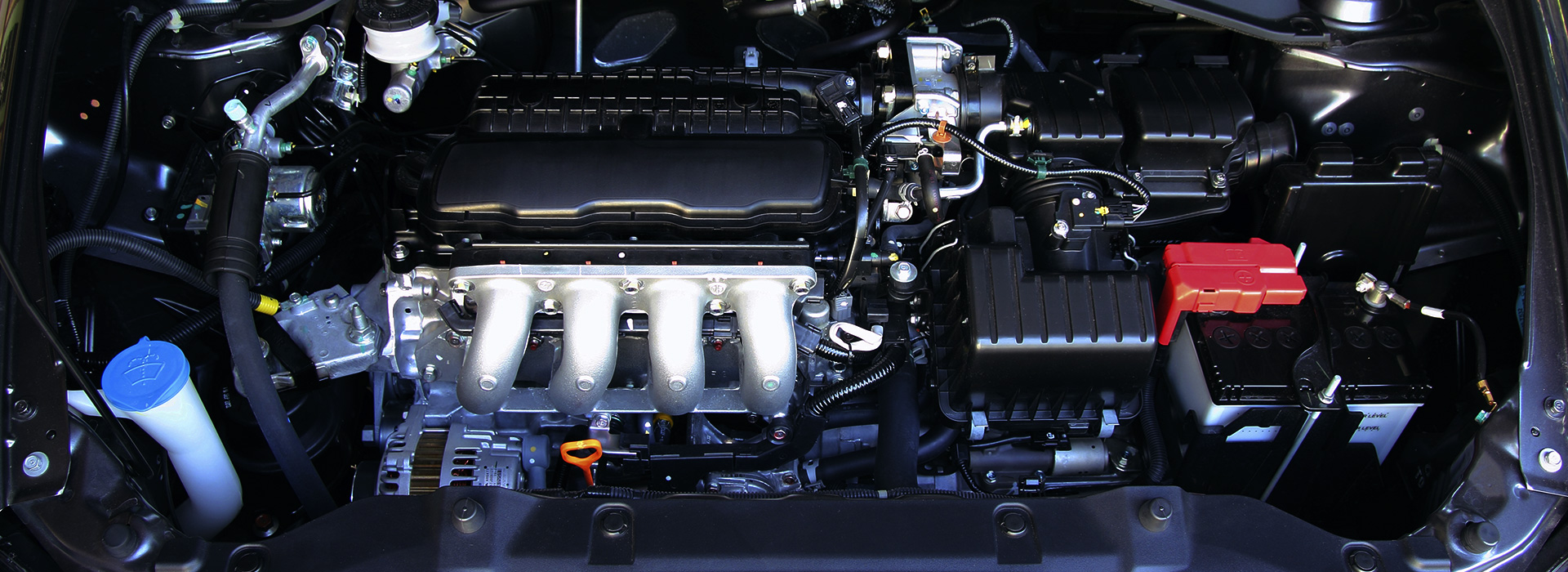
Photo on bramcity.com
Common Signs Your Transmission is Going Out
Car transmission problems
A good transmission is important as it is what runs the car. Ignoring transmission issues can turn into a costly repair job and sometimes it is less costly to just buy a new car. Servicing your transmission can extend the lifespan of your car, by finding and fixing any problems that may come up.
The following are signs that your transmission has some problems
There is fluid leakage – it is the easiest way to know that there is a problem. Transmission fluid is crucial to your car’s shifting ability and ids bright red in color with a sweet or tart smell. Unlike engine oil, the transmission does not consume any of the fluid during use so if you notice the fluid running low it is most definitely because of a leak. Here are some common causes for leaks:
- Worn out seals and gaskets
- Damaged bell housing
- A loose transmission pan/ pan leak
- An out of balance drive shaft
- Worn out axles, engine and transmission mounts
- Any recent servicing or part replacement that involved disconnecting cooler lines like a radiator replacement or a transmission fluid flush.
A transmission fluid leak can not only cause damage to the car but it can also harm the environment.
Dipstick check – checking the level of your transmission fluid with a dipstick is an easy, inexpensive way to help prolong your transmission’s life. In a rear-wheel drive car, it is located toward the back of an in-line engine. In a front-wheel drive, the dipstick will be in the transaxle. If you cannot locate it always refer to the car manual.
While in the park or neutral gear, run the engine until it is warm before removing the dipstick out. Be sure not to turn the engine off. Rub the fluid between your thumb and index finger to check on the color, it should be pinkish, almost clear. If it emits a burning smell and it is brown, it means that it can no longer dissipate the heat generated by the transmission and should be changed. Check on the fluid levels to determine if they are low and need to be topped off.Strange smells – usually the transmission fluid has a sweet or tart odor. If you notice a burning odor, it is time to change your transmission fluid. This fluid is vital in lubrication of the transmission parts and preventing it from burning itself up. If you fluid smells burnt, it means that the transmission is also burning and can cause irreparable damage and you might need to replace the whole transmission.Noises – Manual and Automatic transmissions respond differently and it is important to know when they are malfunctioning. If you hear grinding, whining or ticking sounds while your car is in neutral, it could be an indicator of transmission problems. Any noises from the gearbox while in neutral warrant immediate attention. In manual cars, a grinding sound when you engage the clutch, it could mean that the clutch is worn out, the transmission gear synchronizers are worn or damages or the clutch may need to be adjusted. In an automatic car, you will probably hear a whining, buzzing or humming sound and feel the car vibrate when you change gears.Gears slipping – if you notice that your car is not changing gears instantly and smoothly and also notice high RPM readings of 3500 and above, it is an indicator that your engine is struggling to respond. You might also feel that the engine is slow to accelerate even when you press the pedal down.The gears do not engage – if you are struggling to get your car in gear, it could mean that the transmission is leaking or the clutch is worn out; this is common in manual cars.The engine light is on – this can indicate various problems including transmission problems. This is because of the many sensors in cars nowadays. They can detect problems way before you do. The keep track of the transmission temperature, a high reading shows the fluid is burning hotter than it should. If this light comes on, immediately check on the transmission fluid and engine coolant levels. Shaking or jolting when you change gears – if your car jolts or shakes when you change gears it can be an indicator of low transmission fluid or more serious problems.Transmissions were designed so that they always go into the correct gear everytime they are engaged. So any noise, lack of or delay in response means that there is a problem and you should find out what it is before the transmission fails.
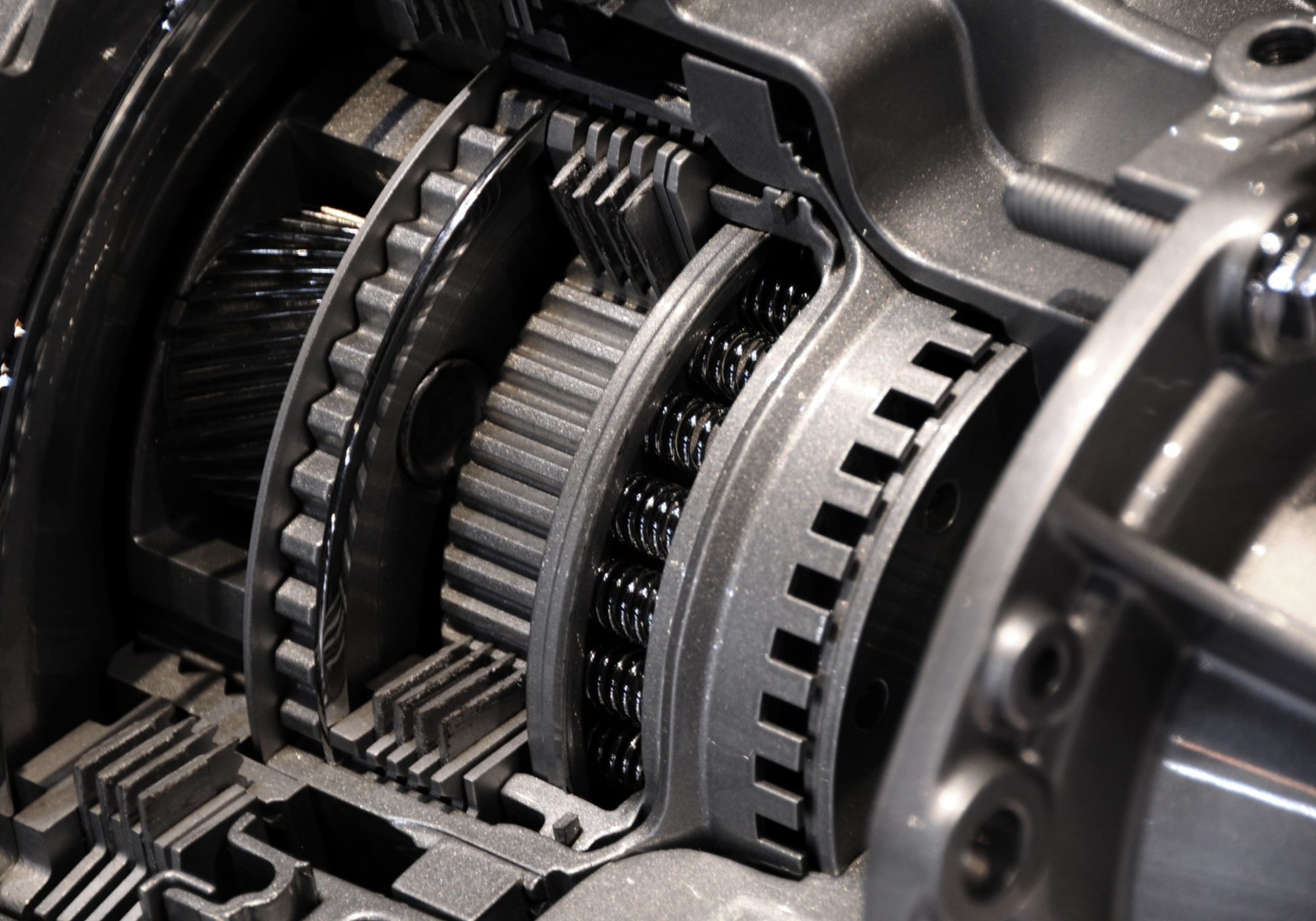
Photo on 360autoandrepair.com
How do I keep my transmission in good shape?
Fixing car transmission issues
Major problems are bound to arise if the transmission is not well maintained and/or you ignore symptoms of a problem. How to identify what the problem is?Knowing what is the problem can seem hard to an untrained eye but now that you know what symptoms a faulty or failing transmission exhibits you can more easily identify the problem.
- Check on the transmission fluid levels and see in they are low and check for leaks
- Check to see if the transmission responds or if there is a delay
- Listen for whining, clunking or humming sounds when trying to start the car or change gears.
- Check to see if the car grinds, jerks or shakes while shifting gears.
- Check for any burning smell from the car
- Check to see if you have difficulty engaging the gears
- Look to see if the check engine light is on
- Check for slipping gears
- Check to see if the transmission is noisy when the car is in neutral
- Check to see whether the clutch drags, this is mainly in manual cars
How to repair your transmission?
Depending on what the car needs and the extent of the damage, the transmission may be repaired or replaced.
Leaking or low transmission fluid – determine the fluid levels and check on the fluid itself. Low levels can be caused by leakage or using the wrong type of fluid for your car. For low levels and no leaks, a simple top-up will do. If the fluid is not pinkish clear and has a burnt smell, you will need to pour it all out and refill it with the right fluid for your car.Flushing your transmission fluid should only be done in the event that the fluid is burnt or contaminated, this may be a sign of bigger car problems. You should know when to simply drain and refill the transmission fluid and when to power-flush the system. The latter can cause sludge and dirt to be dislodged and they can cause clog even after refilling the fluid. It is recommended to research more on your car model and knows when it is suggested to drain or flush the transmission.Be sure to put only enough fluid as too much can cause it to foam when the gears change, it can spill and cause the belts to slip, it can splash causing extremely high fluid temperatures that can eventually cause the transmission to fail. Also too much fluid can cause excessive pressure that can damage the transmission. Worn out gear synchronizers – these are mainly found in manual cars. These match the gears you are shifting to match the gear you are shifting from in speed. This creates a seamlessly smooth shift. These can be replaced.Worn out clutch – this is also mainly in manual cars. A clutch can wear out due to age or mechanical error if there is a hydraulic fluid leaking the master cylinder of the clutch. This will also need to be replaced.
Faulty needle roller bearings – this is mainly for automatic cars. These are small, lightweight bearings that prevent the torque converter from grinding. If they are worn or sluggish, you might hear a grinding sound. They will need replacement.
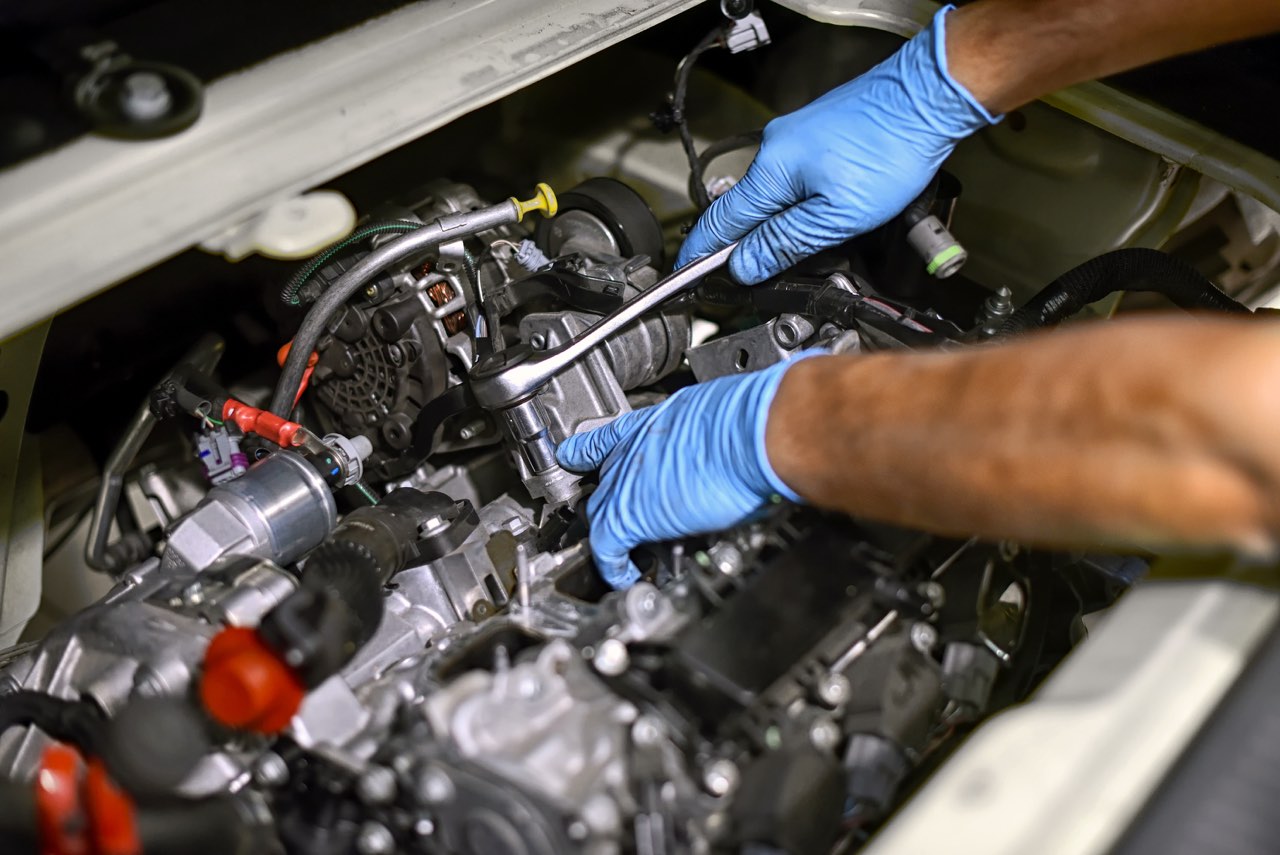
Photo on missakautogarage.com
How much will the repair my transmission cost?
It can cost anywhere from a few hundred dollars to several thousand depending on what needs to be done. All transmission repair costs are inclusive of labor and materials.For fluid top-ups, it is as simple as purchasing the right transmission fluid and adding it to the transmission. This can cost as low as $ 20, this will, however, depend on the cost of the fluid in your locale. For leaks, the repair cost ranges between $150 – $200 depending on the make and model of your car.Replacing worn or damaged shift solenoids ranges between $300 – $850. It could be higher as this is dependent on the number of solenoids that need replacing. It is however recommended to replace all of them at the same time to avoid constant trips to the repair shop.Flushing the transmission is a relatively cheap endeavor as it costs an average of $100 to get. It is recommended to flush your transmission after 30,000 to 100,000 kilometers.Minor leaks can quickly turn into major problems if left unchecked and can result in the transmission needing to be rebuilt or replaced. The cost of rebuilding your transmission ranges between $2,800 – $4,900 while replacing it can cost anywhere from $4,000 – $8,500.
How to keep your transmission good?
Here are some of the ways to keep the most common transmission types in tiptop condition.
Manual transmission
A manual transmission is a much simpler set of mechanical gears and parts. It can malfunction depending on the driver’s driving style and user error such as mashing gears when shifting or not properly engaging the clutch.
Tips on caring for a manual transmission
- Use performance enhancing products to help with friction, boost your car’s performance and extend your transmission’s life
- Ease up on the brakes when you are driving. You can downshift instead.
- Check on the fluid
- Have regular tune-ups and repairs
- Be attentive to the gears. Observe their behavior and any noises that may occur when you tr engaging them.
- Pay attention to the weight of the car. Unless the car was designed to carry heavy loads, carrying a lot of weight can strain your transmission.
Automatic transmission
The health and durability of an automatic transmission is not as dependent on the user as a manual one. Its biggest bane is heat.
Tips on maintaining an automatic transmission
- Check the fluid levels constantly
- Use the right fluid
- Have the engine’s cooling system serviced regularly
- Flush your transmission
- Do not drive on a spare tire for long
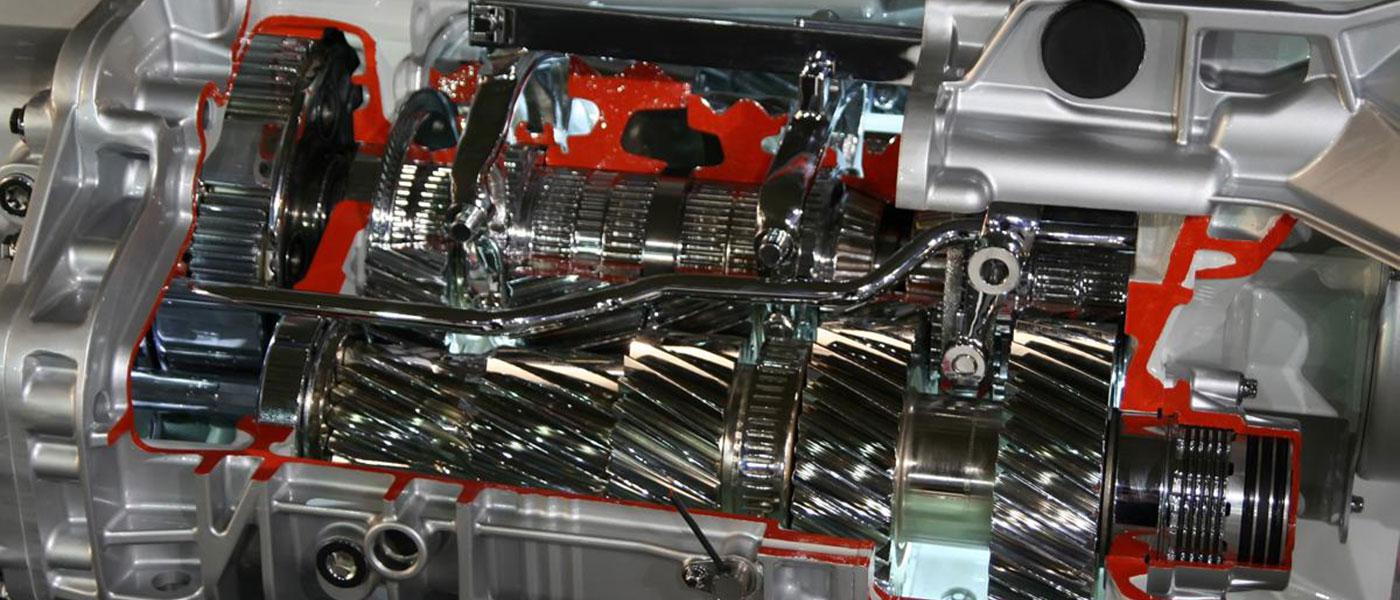
Photo on rhinebeck-autorepair.com
How to prolong the lifespan of your transmission?
- Do not apply a lot of pressure on the gears by driving at high speeds all the time.
- Check on the transmission fluid regularly, topping it off when needed and replacing it occasionally
- Avoid stopping abruptly and downshifting
- In cold weather, be sure to first warm up the car before driving it as transmission fluid is meant to work at a certain temperature and when it is cold its viscosity changes.
- If your car is towed, do not let it be towed by the axel that powers your car as it can be damaged.
With the information in this post, we hope you now know all you need to identify transmission problems and fix them early on.